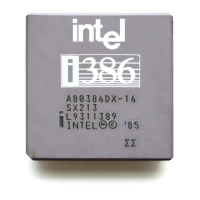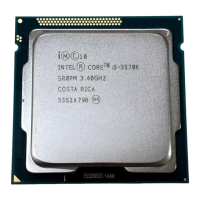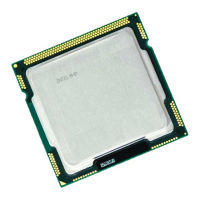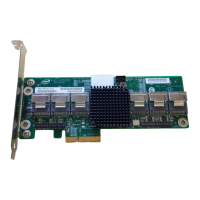4-9
SYSTEM REGISTER ORGANIZATION
4.6 ADDRESSING MODES
Combinations of the value of ESE bit and the individual remap bits in the REMAPCFG register
yield four different peripheral addressing modes for I/O address decoding.
4.6.1 DOS-compatible Mode
DOS-compatible mode is achieved by clearing ESE and all the peripheral remap bits. In this
mode, all PC/AT-compatible peripherals are mapped into the DOS I/O space. Only address lines
A9:0 are decoded for internal peripherals. Accesses to PC/AT-compatible peripherals are valid,
while all other internal peripherals are inaccessible (see Figure 4-5).
This mode is useful for accessing the internal timer, interrupt controller, serial I/O ports, or DMA
controller in a DOS-compatible environment.

